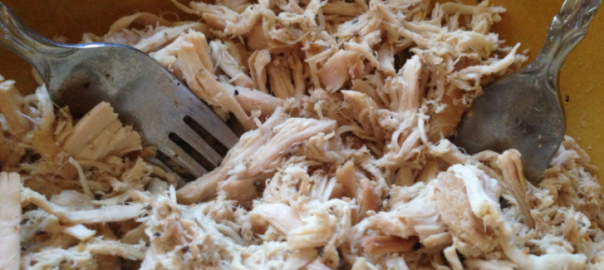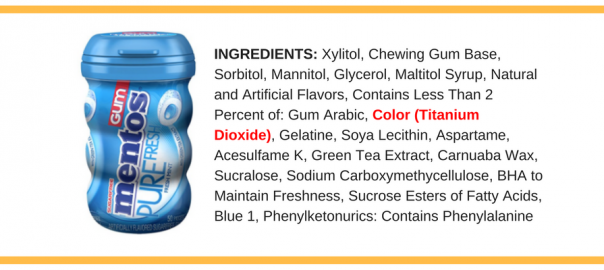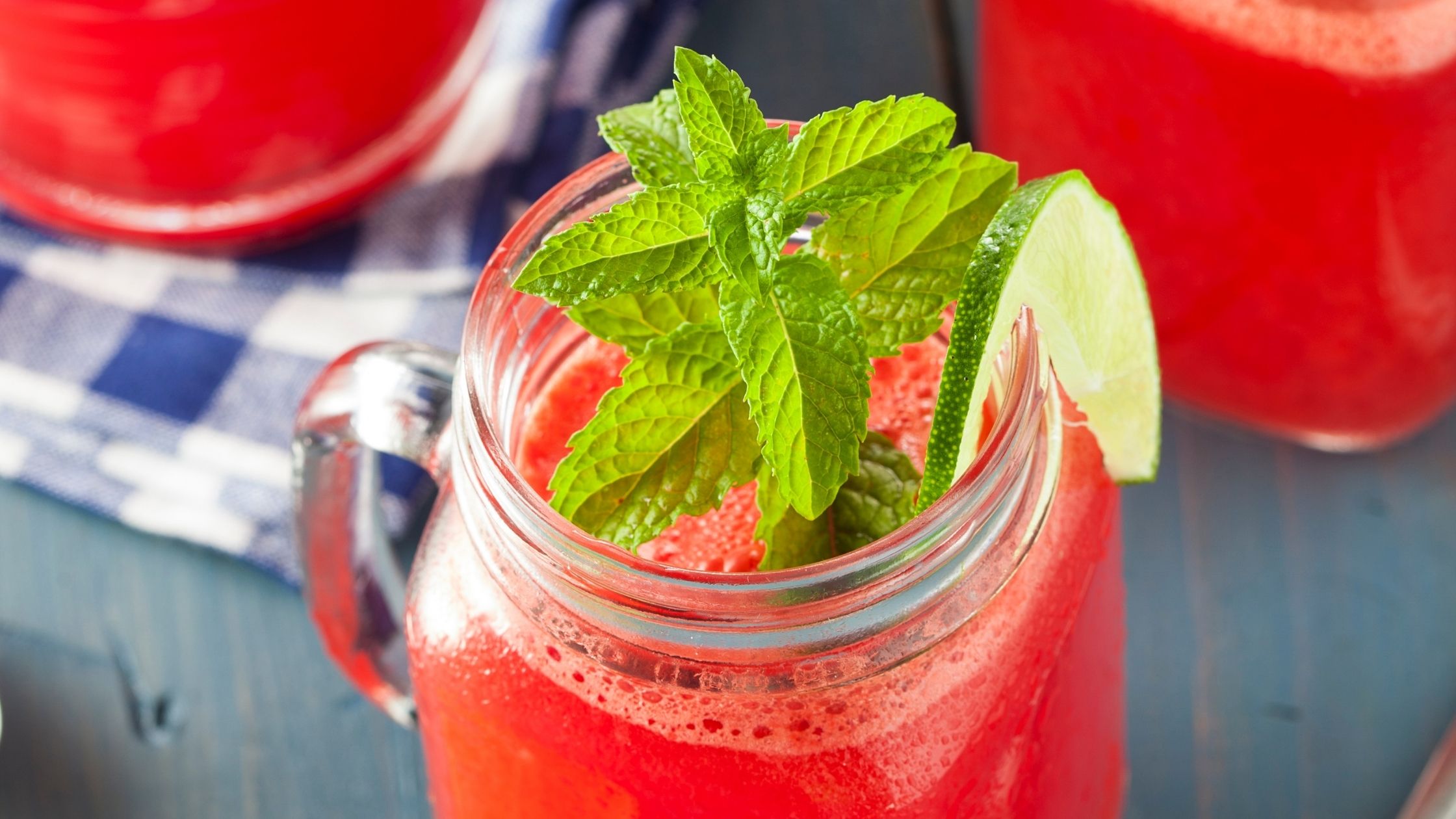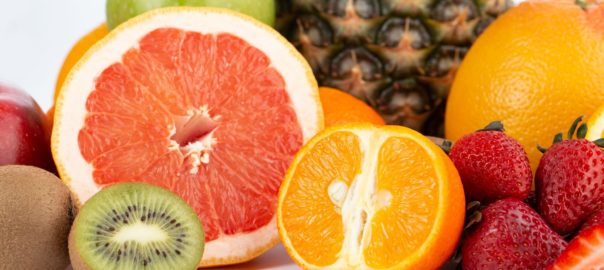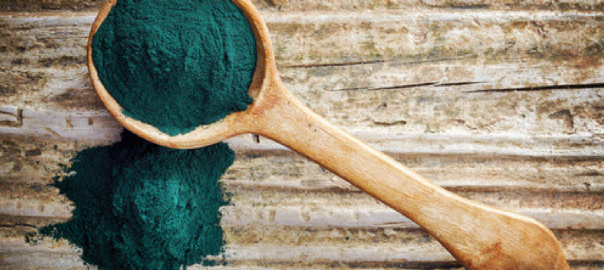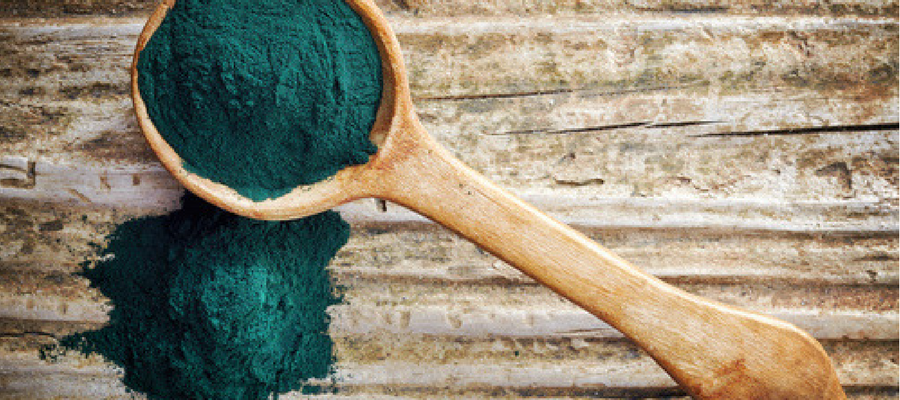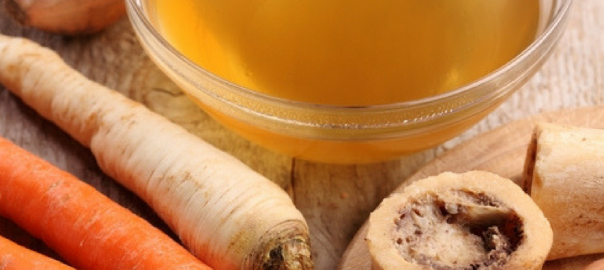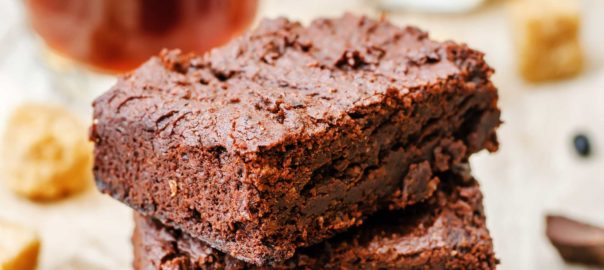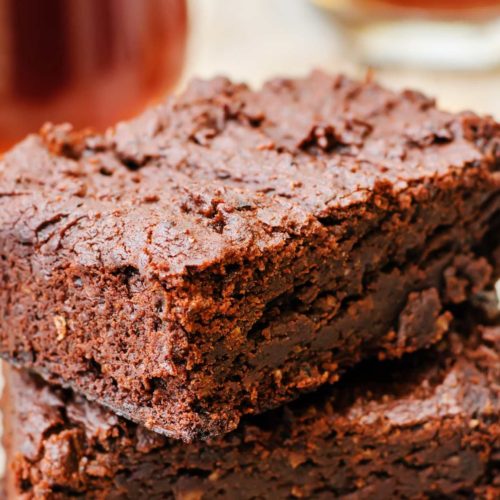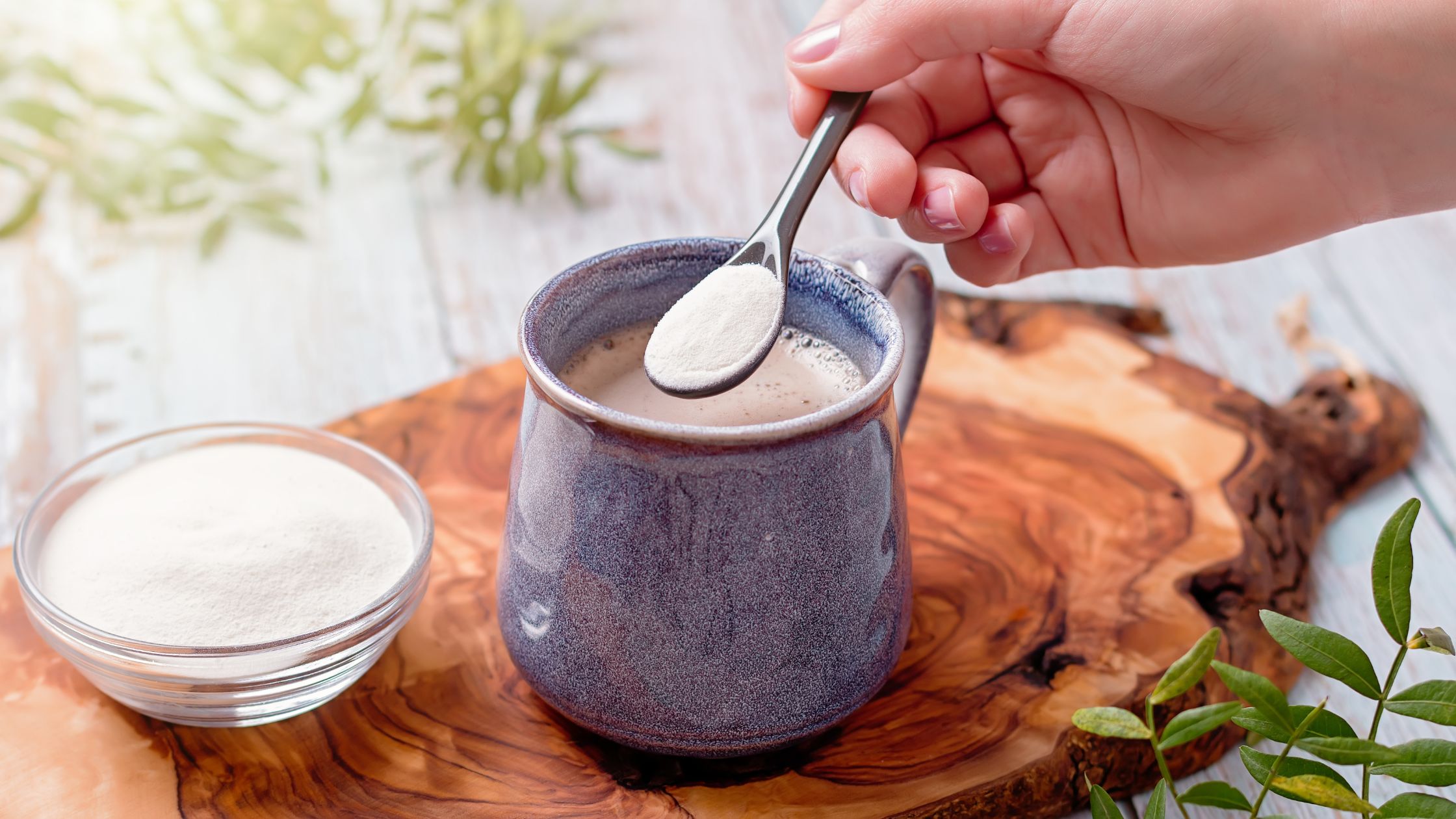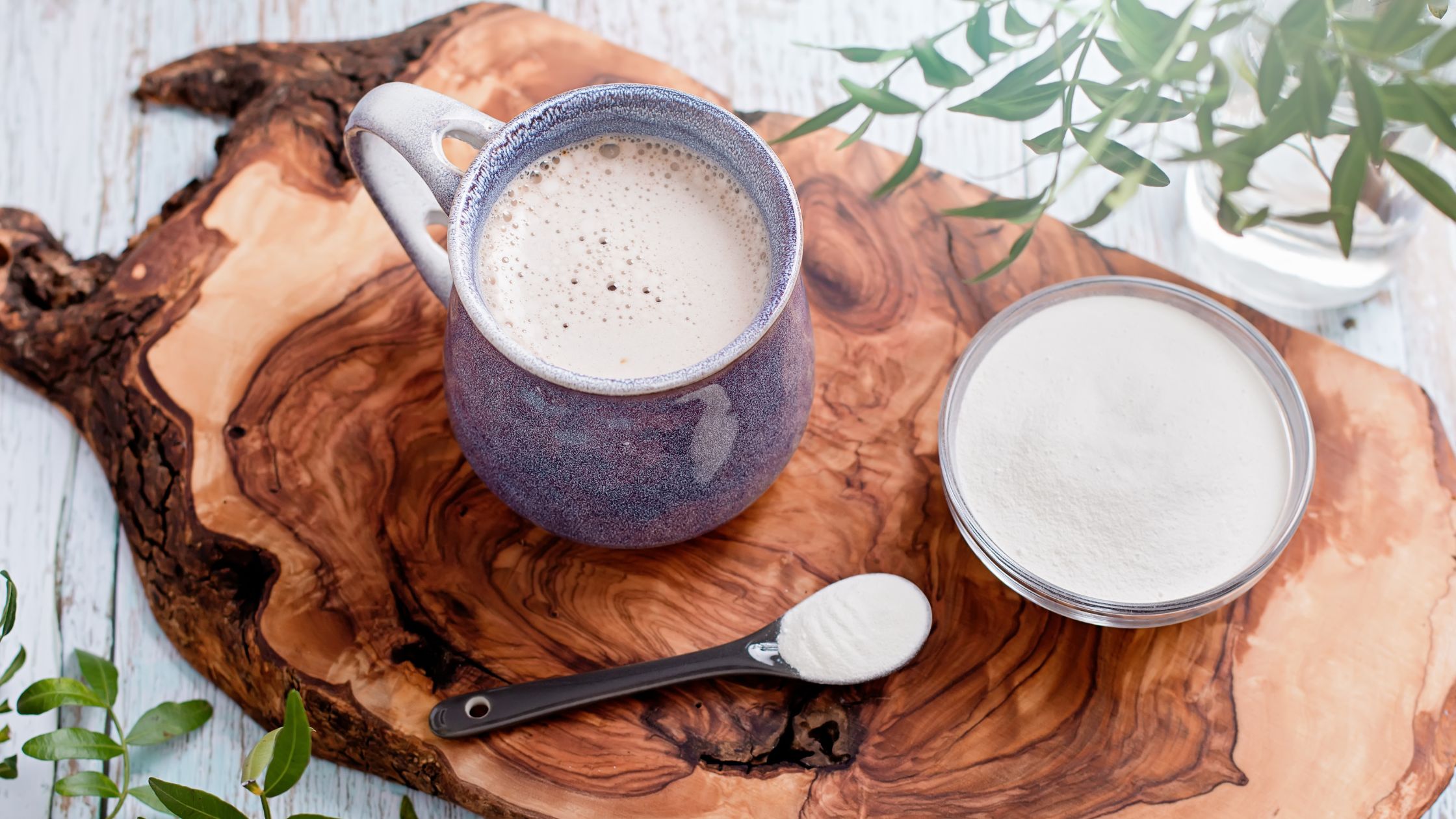It's getting hot here in Texas
And the humidity isn't far behind. Once the humidity hits stepping outside is like walking into a sauna.
With all of that heat and humidity, it's no wonder dinner time is seen as more of a chore in the summer. After all, who wants to heat up the kitchen when it's already hot and sticky outside? And here in Texas, we're not the only ones. Although we get the heat early, summertime and hot temperatures are about to hit all around the country. The good news is in spite of the heat outside, you can still have a delicious meal without raising the temperature indoors. It's easy when you use a crockpot.
So, how does crock pot cooking beat the heat? Simple, it uses less heat than an oven or the stovetop. In addition to using less heat to cook the food, a crockpot also doesn't heat up the environment the same way. This means you don't need to crank up the air conditioning, run a fan, or start your swamp cooler to reduce the additional heat from ovens and stoves.
Crockpots are also a great energy-saving device and the operating costs are very low. Especially when compared to electric stove and ovens, but even when compared to gas. So not just from a heat standpoint, but from a cost to operate standpoint as well, this makes crockpots a great resource.
Not just for winter anymore
If you're like most people you think of crockpots as being more for wintertime use. Great for making soups, stews, and chili. But truthfully crockpots are good all year round. I love mine and use it for making snacks, breakfast, and even for making shredded meats for summer salads. Crockpots are actually very versatile and can be used for a wide variety of meals and foods.
Benefits of Crock Pot Cooking
As well as being less expensive to run, crockpots have a number of benefits that make them a great addition to any kitchen:
- All the work is done ahead of time making mealtime and cleanup a lot easier. If you're making breakfast, you're starting it the night before so there's less cleanup while you're trying to get out the door. If you're making dinner, it makes getting dinner on the table faster and easier at the end of a long day.
- A lot of crockpot dinner recipes are a meal in a dish. Make a salad or a side dish to go with it and you've got a nutritious meal for your family. If it's a stew or a chili you can bulk it up with extra veggies and up your daily count of veggie servings.
- Cleanup is a breeze. Usually, with crockpot cooking, there's the cleanup from the prep and then just one dish (the crock) to clean when you're done. This means you're not only spending less time cooking, but you're also spending less time cleaning up.
Have a couple of crockpots is, in my humble opinion, a good idea. I have one large one for the main dishes or large items and one small one for side dishes, appetizers, desserts, and that sort of thing. They're versatile, easy to use and make life much simpler.
Take it to the next level
Combine crockpot cooking with the Fast Fun Freezer Meals program and you'll really beat the heat. This program allows you to get 20-24 servings of dinner in the freezer ready-to-cook in 90 minutes or less. Sounds unbelievable but it's true. And when you're ready to cook simply pull your meal out of the freezer the night before. Pop it in the crockpot in the morning and at the end of the day you've got a hot, delicious meal, but the kitchen is still cool. Make a salad or side dish and dinner is done. Best of all cleanup is a breeze because you did most of it when you prepped the meal.
Less work, less time in the kitchen, no hot sticky mess. Crockpot dinners are definitely the way to go.
More great crockpot recipes
More delicious summer recipes
Here are a few more fabulous summertime recipes
- Top Hydrating Foods For Summer
- The Deliciousness of Gazpacho
- Instant Pot Summer Vegetable Soup
- August is Peachy – peach cobbler recipe

